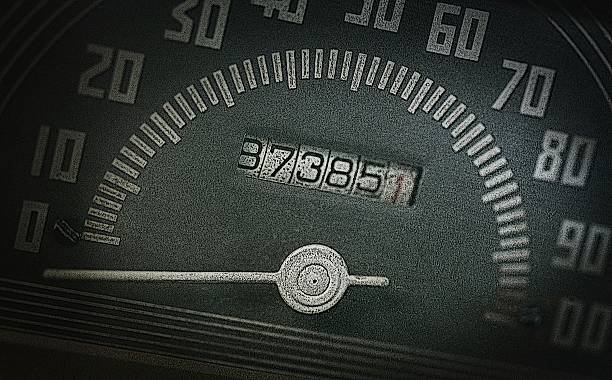
How to Calculate Yearly Mileage
Calculating yearly mileage is an important task for many people, whether you’re a car owner, a business owner, or just someone who wants to keep track of their travel habits. Knowing your yearly mileage can help you plan for maintenance costs, budget for fuel expenses, or even determine the value of your vehicle. In this blog post, we’ll walk you through the steps to calculate your yearly mileage.
1. Compile Your Information
The first step in calculating your yearly mileage is to gather all the necessary data. You’ll need to know the starting and ending odometer readings for the year. If you don’t have this information, you can check your vehicle’s maintenance records or use an app or device that tracks your mileage.
2. Calculate Total Mileage
Once you have the starting and ending odometer readings, subtract the starting mileage from the ending mileage to get the total mileage for the year. For example, if your starting mileage was 30,000 miles and your ending mileage was 40,000 miles, your total mileage for the year would be 10,000 miles.
3. Establish the Time Period
Next, you’ll need to determine the time period for which you want to calculate your yearly mileage. This could be a calendar year, a fiscal year, or any other period that makes sense for your needs. Make sure to note the start and end dates of the time period.
4. Calculate Average Mileage
To calculate your average mileage per year, divide the total mileage by the number of years or months in the time period. For example, if your total mileage is 10,000 miles and your time period is one year, your average mileage per year would be 10,000 miles.
5. Make a partial year adjustment.
If your time period is a partial year, you’ll need to adjust your average mileage accordingly. Multiply your average mileage per year by the fraction of the year that is covered by your time period. For example, if your time period is six months, you would multiply your average mileage per year by 0.5 to get your adjusted average mileage.
6. Consider Other Factors
While calculating your yearly mileage, it’s important to consider other factors that may affect your mileage. For example, if you frequently use your vehicle for long trips or if you drive in heavy traffic, your mileage may be higher than average. On the other hand, if you primarily use your vehicle for short commutes or if you drive in rural areas, your mileage may be lower than average.
7. Keep Track of Changes
Lastly, it’s a good idea to keep track of any changes in your mileage patterns over time. By monitoring your mileage regularly, you can identify any significant increases or decreases that may indicate a change in your driving habits or vehicle performance.
Calculating your yearly mileage can provide valuable insights into your driving habits and vehicle usage. Whether you’re a car enthusiast or a business owner, knowing your mileage can help you make informed decisions and plan for the future. So gather your data, follow these steps, and start calculating your yearly mileage today.
